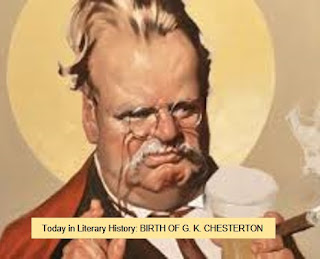DID YOU KNOW: When she was 23, Walker’s essay about her time advocating civil rights, “The Civil Rights Movement: What Good Was It?,” won The American Scholar’s essay contest in 1967 and later appeared in the magazine. It was her first published work.
Walker began publishing her fiction and poetry during the latter years of the Black Arts movement in the 1960s. Her work, along with that of such writers as Toni Morrison and Gloria Naylor, however, is commonly associated with the post-1970s surge in African American women's literature.
The Color Purple was awarded the Pulitzer Prize and the National Book Award in 1983. Walker's creative vision is rooted in the economic hardship, racial terror, and folk wisdom of African American life and culture, particularly in the rural South. Her writing explores multidimensional kinships among women and embraces the redemptive power of social and political revolution.
Reflecting on the unique perspective and versatility of her literary career, Walker says, "One thing I try to have in my life and my fiction is an awareness of and openness to mystery, which, to me, is deeper than any politics, race, or geographical location."
Walker’s writing reflects her roots in Georgia, where Black vernacular was prominent and the stamp of slavery and oppression were still present. When she was eight, Walker was accidentally shot in the eye by a brother playing with his BB gun. Her parents, who were too poor to afford a car, could not take her to a doctor for several days. By that time, her wound was so bad that she had lost the use of her right eye. This handicap influenced her writer’s voice; she withdrew from others and became a meticulous observer of human relationships and interaction.
An excellent student, Walker was awarded a scholarship to Spelman College in 1961. The civil rights movement attracted her, and she became an activist.
Building Great Collections, One Fine Book at a Time
Visit us at BlindHorseBooks.com








Comments
Post a Comment